It is very important to know how to make different kinds of sauces for those ready to work in a hotel and those already working there. Especially if you are waiting to work as a waiter in the kitchen department or restaurant, there are several types of sauces that you must know. This article describes how to make different kinds of sauces and explains the qualities that should be present in the right sauces.
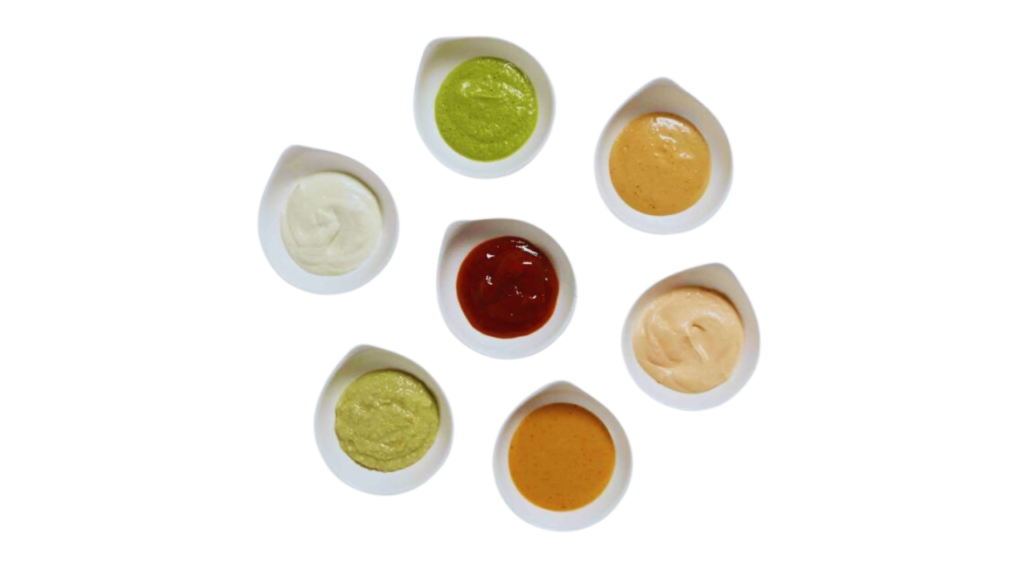
What is souse:
According to the oxford dictionary, A liquid or semi-liquid material is used to enhance the flavour and moisture of the food. Accordingly, a souse can change the taste of food.
Here are seven different kinds of sauces you must know as a hotelier. They are:
- Béchamel Sauce
- Brown Sauce
- Soy Sauce
- Mayonnaise Sauce
- Velouté Sauce
- Hollandaise Sauce
- Tomato Sauce
Béchamel Sauce
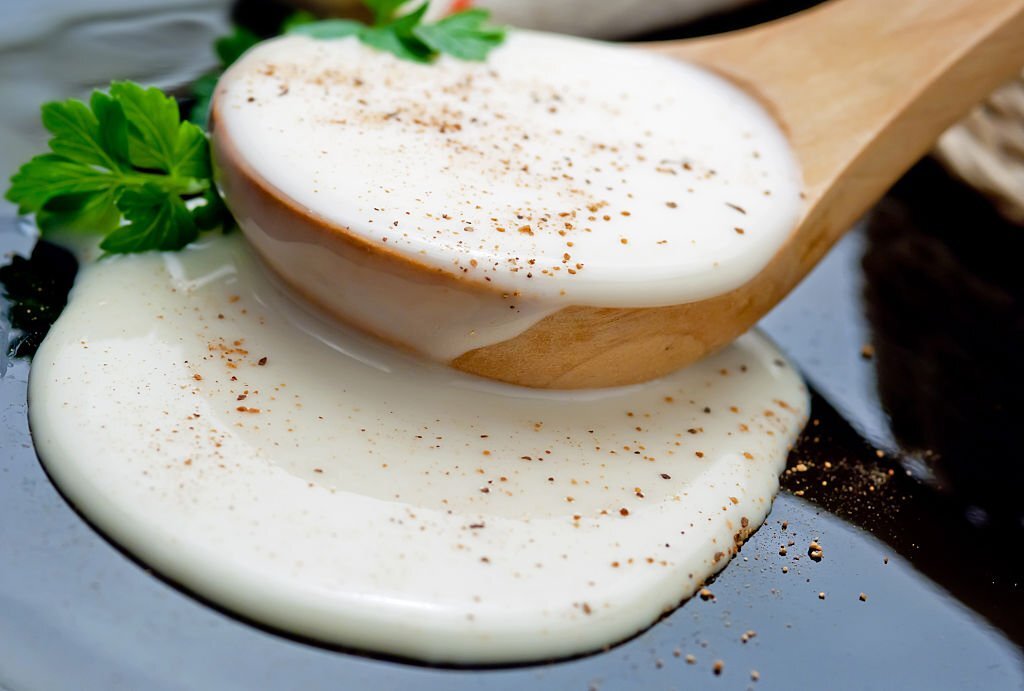
It is called Béchamel because the French Marquis Louis de Béchamel, who served as a steward at the court of Louis XIV, named this sauce. Butter, flour, and milk are used to make the sauce. Béchamel sauce is used in many other recipes; pasta, meat, and vegetables are the most popular.
“How to make Béchamel Sauce with six easy steps”.
You can follow the béchamel sauce recipe steps and instructions below to make Béchamel Sauce.
Béchamel sauce recipe
What are the ingredients you need to make a béchamel sauce?
- 1/4 cup of all-purpose flour
- Salt and pepper to taste
- Four tablespoons of unsalted butter
- 2 cups of milk
- Optional: grated Parmesan cheese, nutmeg
Now Follow the béchamel sauce recipe instructions.
- In a medium saucepan, melt the butter over medium heat until it begins to foam.
- Add the flour and constantly whisk for 1-2 minutes until the mixture becomes a smooth paste, known as a roux.
- Slowly add the milk while constantly whisking to prevent any lumps from forming.
- Whisk the sauce over medium heat until it thickens and comes to a simmer, about 5-10 minutes.
- Reduce the heat to low and whisk the sauce for another 2-3 minutes until it becomes smooth and creamy.
- Season the sauce with salt and pepper to taste. Add a pinch of nutmeg or grated Parmesan cheese for extra flavour.
Furthermore, Béchamel sauce is a wonderful way to enhance the richness and depth of flavour of dishes without competing with the dish’s other components. Also, Béchamel sauce can use vaies dechesh such as lasagna, macaroni and cheese, and moussaka. And, it can be used as the base for different sauces, such as the Mornay sauce, which is simply a Béchamel sauce with shredded cheese added.
Brown Sauce

It is another popular classic French sauce called Brown sauce or Espagnole sauce. Brown sauce has increased the taste of meat meals since the 18th century when French cooks developed it. Tomato paste and aromatic vegetables were later added to the original recipe, which called for browned veal or beef stock. Most of the time, brown sauce serves for beef (roast beef), lamb, pork (pork chops) and other meat dishes. In addition, the brown sauce may use as a base sauce for bordelaise sauce or demi-glace. The brown sauce can make with vegetable stock, aromatic vegetables, tomato paste, and meat stock.
“How to make Brown Sauce with seven easy steps”.
You can follow the brown sauce recipe steps and instructions below to make “Brown sauce”.
What are the ingredients you need to make a brown sauce?
- 1/4 cup of chopped onions
- Two tablespoons of tomato paste
- Two tablespoons of all-purpose flour
- 2 cups of beef or vegetable stock
- 1/4 cup of chopped celery
- Two tablespoons of unsalted butter
- Salt and pepper to taste
Now Follow the Brown Sauce recipe instructions.
- In a large saucepan, melt the butter over medium heat.
- Add the onions, carrots, celery, and sauté for 5-7 minutes until brown.
- Add the flour to the pan and stir for 1-2 minutes to make a roux.
- Slowly pour the stock into the pan, constantly whisking to prevent any lumps from forming.
- Add the tomato paste and stir to combine.
- Bring the sauce to a boil, After that, reduce the heat to low and let it simmer for 30-40 minutes until it thickens and the vegetables are tender.
- Season the sauce with salt and pepper to taste.
Now you know how to make brown sauce with seven easy steps.
Soy Sauce.
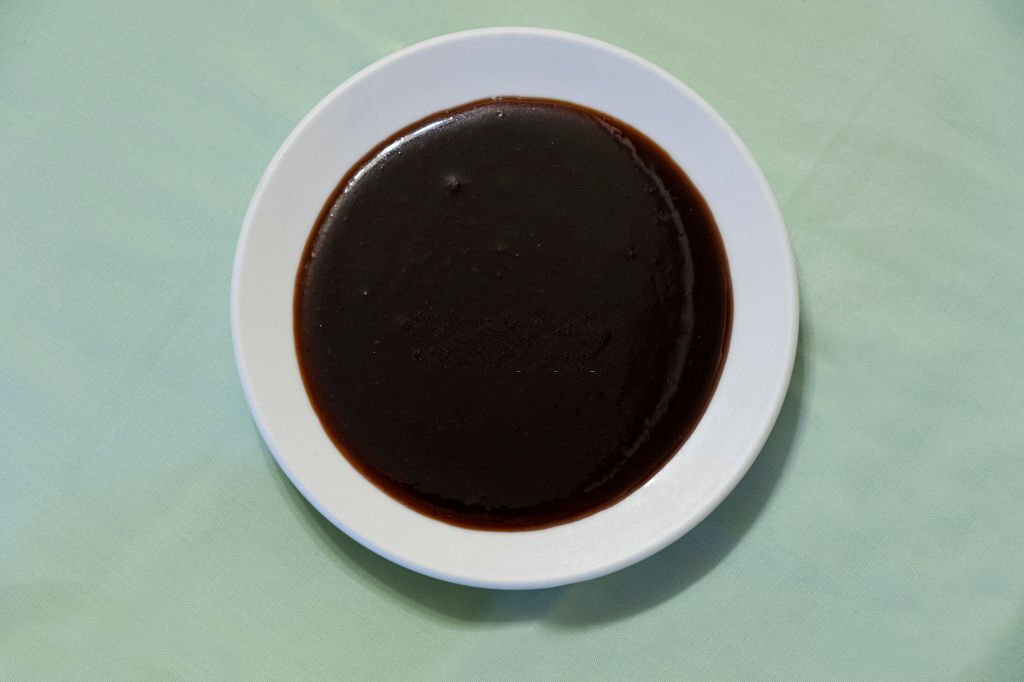
This sauce is most often used in Asian cuisine. It’s a salty, black sauce. There is a lengthy history of soy sauce.
The long history of soy sauce.
Most people agree that soy sauce came from China even if its 2,500-year-old Chinese origin is simply a hypothesis. As far back as the Han Dynasty, there is evidence that soy sauce was used as a condiment and for food preservation. (206 BC-220 AD). But, Soy sauce was first brought to China in the 7th century but caught on fast in Japan. Soy sauce is a common ingredient in Asian cooking, but it is also popular in many other cuisines throughout the world.
“How to make Soy Sauce with nine easy steps”.
You can follow the soy sauce recipe steps and instructions below to make “soy sauce”.
What are the ingredients you need to make soy sauce?
- 1 cup wheat
- 2 cups soybeans
- 1 cup salt
- Water
Now Follow the soy sauce recipe instructions.
- Rinse the soybeans and soak them in water overnight to soften them.
- Drain the soybeans and steam them for about 30 minutes until fully cooked.
- Roast the wheat in a dry pan until it is lightly browned.
- Mix the steamed soybeans and roasted wheat and allow them to cool.
- Add a starter culture of aspergillus mould to the mixture and mix well.
- Place the mixture in a warm, dark place and allow it to ferment for several months. During this time, the mould breaks down the soybeans and wheat into amino acids and sugars.
- After the fermentation process, add salt to the mixture and stir well.
- Strain the mixture through cheesecloth to remove any solids.
- Bottle the liquid and store it in a cool, dark place until ready to use.
Why is soy sauce So Prominent And Well-Known
Soy sauce is a staple in Asian cooking and is quickly gaining popularity in Western cuisine. It’s multipurpose use it as a marinade, a dipping sauce, or a seasoning, and it brings out the best in your food.
Typical applications of soy sauce are:
- Soy sauce is a common spice for stir-fries for taste and colour.
- Use it as a marinade to enhance flavour and tenderize meat, fish, or tofu.
- Sauce for dipping: Soy sauce goes well with sushi, spring rolls, and other finger foods.
- Add richness to your soups and stews with a splash of soy sauce.
Mayonnaise Sauce
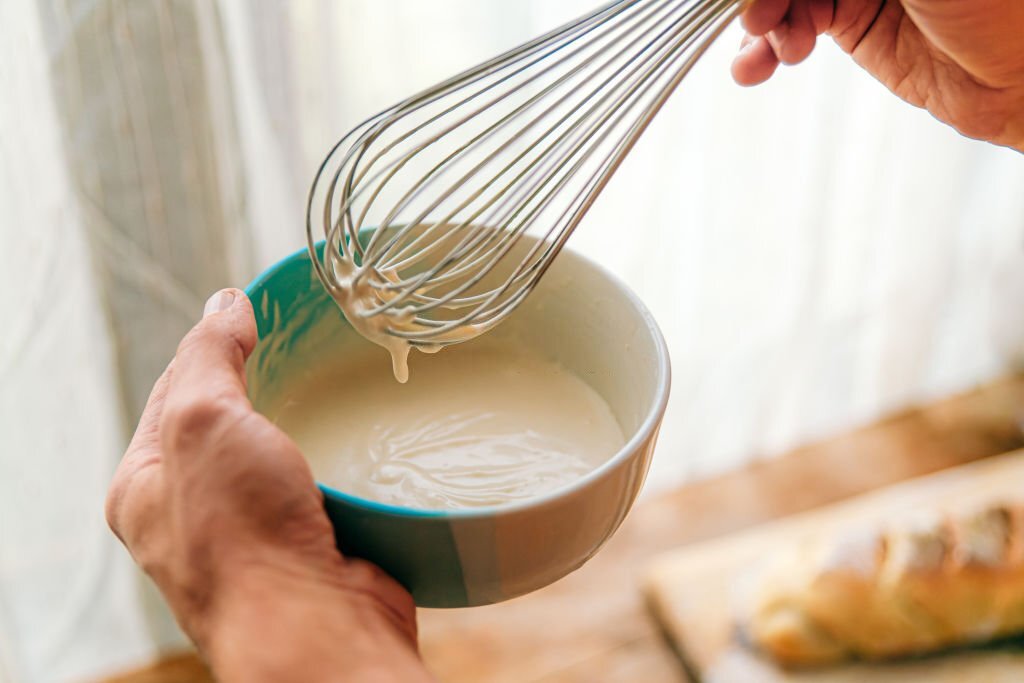
This sauce, a traditional French emulsion sauce, is a favourite worldwide. This sauce is mainly used with seafood, shrimp cocktail or crab cakes, sandwiches and salads.
“How to make Mayonnaise Sauce with five easy steps”.
You can follow the brown sauce recipe steps and instructions below to make “Brown sauce”.
What are the ingredients you need to make a brown sauce?
- 2 cups vegetable oil.
- Four eggs.
- Two teaspoons of acid or lemon juice.
- One teaspoon of Dijon mustard.
- Salt and pepper to taste.
Now Follow the soy Sauce recipe instructions.
- As a first step, In a medium mixing bowl, whisk the egg yolks, vinegar or lemon juice, and Dijon mustard until well combined.
- Slowly pour the oil into the bowl, constantly whisking to create an emulsion. You can pour the oil in a thin stream as the sauce thickens, always whisking vigorously.
- Continue to whisk the sauce until it reaches the desired consistency. If the sauce is too thick, add a few drops of water or vinegar to thin it out.
- Season the sauce with salt and pepper to taste.
- Finally, Refrigerate the sauce until ready to use.
Velouté Sauce
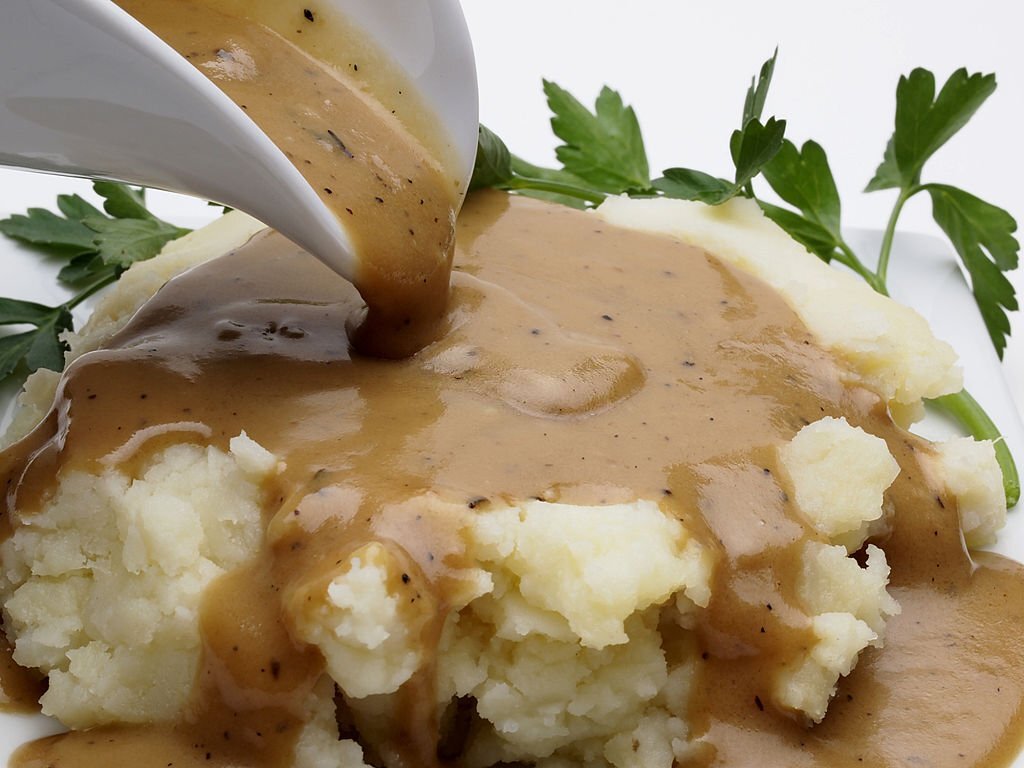
The traditional French sauce velouté is made with light chicken, fish, or veal stock and roux (butter and flour). It is a smooth, creamy sauce frequently used as a foundation for additional ingredients like mushrooms or shrimp. One of the five mother sauces in French cooking Béchamel, Espagnole, Hollandaise, and Tomato is velouté. It can improve the flavour of various foods, including seafood, vegetables, and poultry.
The origins of velouté sauce can be traced to the 17th century in France, where it was developed as a lighter substitute for brown sauce, which was heavier. It was initially a base for other veal or chicken stock sauces. Even though the stock is still used to make velouté sauce today, cream and butter can also be added for richness. French cuisine frequently goes with poultry, fish, and vegetable dishes.
“How to make velouté sauce with six easy steps”.
You can follow the velouté sauce recipe steps and instructions below to make “velouté sauce”.
What are the ingredients you need to make a velouté sauce?
- 2 cups of chicken, fish or veal stock
- Two tablespoons of unsalted butter
- Two tablespoons of all-purpose flour
- Salt and pepper to taste
Now Follow the velouté sauce recipe instructions.
- In a medium saucepan, melt the butter over medium heat.
- Add the flour to the pan and stir for 1-2 minutes to make a roux.
- Slowly pour the stock into the pan, constantly whisking to prevent any lumps from forming.
- Bring the sauce to a boil, then reduce the heat to low and let it simmer for 20-30 minutes until it thickens and the flour taste is cooked out.
- Strain the sauce through a fine-mesh sieve to remove any lumps or solids.
- Season the sauce with salt and pepper to taste. Be careful not to oversalt the sauce, as it can easily become too salty. Once seasoned, the sauce is ready to be served or used in your favourite dish.
Hollandaise sauce
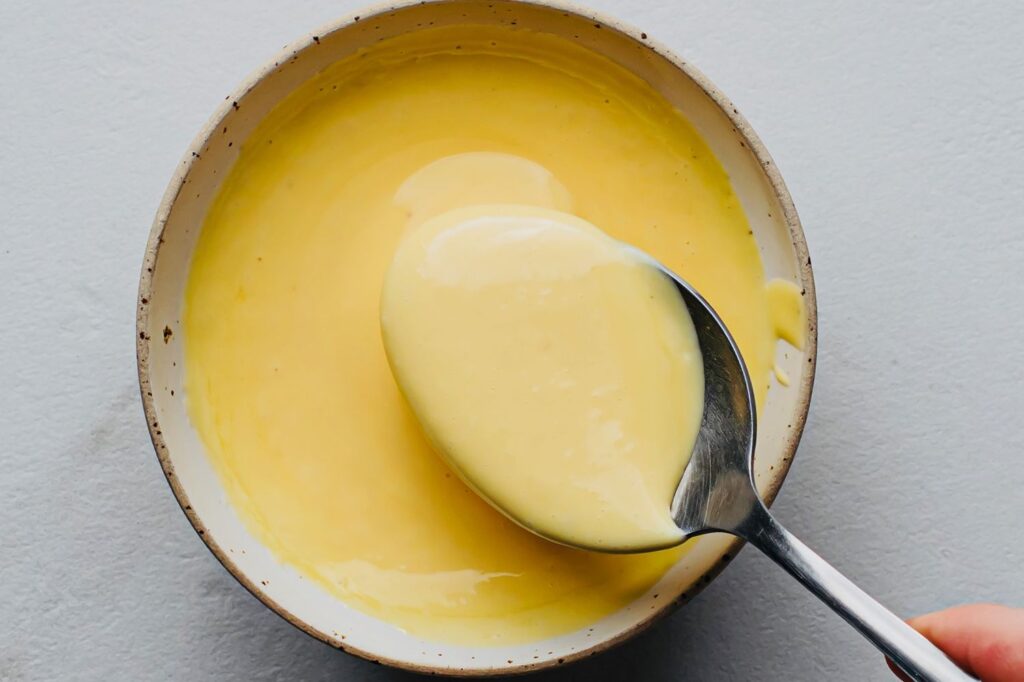
This sauce, is another Traditional French sauce made with egg yolks, fresh lemon juice and butter. Because of its rich and creamy texture, this sauce is usually used with fish, asparagus, and eggs benedict.
Although its origins are unclear, this sauce is generally accepted to have been developed in the Netherlands and refined in France. For its first iteration, it was produced using clarified butter and named “Sauce Isigny,” after a town in Normandy famous for its butter production.
“How to make Hollandaise sauce with seven easy steps”.
You can follow the recipe steps and instructions below to make “tomato sauce”. all the steps are explain and you can simply understand.
What are the ingredients you need to make a Hollandaise sauce?
- Six egg yolks
- Two tablespoons of water
- 1 cup of unsalted butter, melted
- Two tablespoons of lemon juice
- Salt and pepper to taste
Now Follow the hollandaise sauce recipe instructions.
- Whisk the egg yolks and water in a heat-proof mixing bowl until they are well combined.
- Place the mixing bowl over a saucepan of simmering water, making sure the bottom of the bowl doesn’t touch the water.
- Whisk the egg yolk mixture for about 3 minutes until it thickens and doubles in volume.
- Remove the bowl from the heat and slowly pour in the melted butter while constantly whisking to create an emulsion.
- Add the lemon juice to the mixture and whisk it in.
- Season the sauce with salt and pepper to taste.
- If the sauce is too thick, add a few drops of water and whisk until you reach the desired consistency.
Tomato Sauce
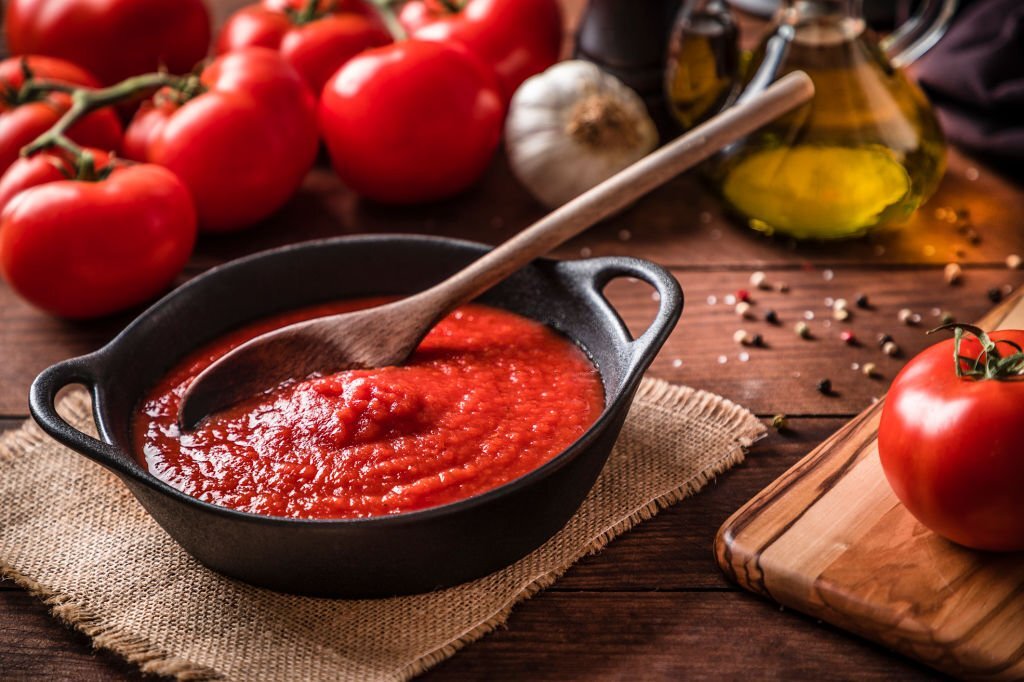
Tomato sauce, mostly composed of tomatoes, is tasty and adaptable. Pasta, pizza, meat dishes, and other cuisines also utilize it as a condiment. In this reply, I’ll explain the ins and outs of making tomato sauce while also covering its history and potential applications.
South American tomatoes arrived in Europe around the 16th century. Europeans once thought tomatoes were harmful. European cuisine didn’t use tomatoes until the 18th century.
Dr William Kitchiner’s 1812 cookbook “The Cook’s Oracle” had the first tomato sauce recipe. It required tomato pulp, cloves, ginger, mace, nutmeg, vinegar, and sugar. As a result, This early tomato sauce was thinner and runnier than ketchup. Tomato sauce became popular in the mid-1800s in America. Jonas Yerkes sold tomato ketchup in Philadelphia in 1837, and by the 1870s, Heinz began making their own, which became a household staple.
Tomato sauce is popular for several reasons. It’s versatile as a condiment, culinary ingredient, and dipping sauce. In the same way, It also contains lycopene, an antioxidant that may lower cancer risk.
“How to make tomato sauce with seven easy steps”.
You can follow the recipe steps and instructions below to make “tomato sauce”. All the steps are explained, and you can understand.
What are the ingredients you need to make a tomato sauce?
- 1 kg of ripe tomatoes
- One onion, chopped
- 3 cloves of garlic, minced
- 2 tablespoons olive oil
- Salt and pepper to taste
- Optional: basil, oregano, thyme, or other herbs to taste
Now Follow the tomato sauce recipe instructions.
- First, prepare the tomatoes by removing the stems and any blemishes. If desired, you can also score an “X” on the bottom of each tomato to make it easier to peel later on.
- Next, bring a large pot of water to a boil. Add the tomatoes and blanch them for 1-2 minutes until the skins peel back. Remove the tomatoes with a slotted spoon and transfer them to a bowl of iced water to cool.
- Once the tomatoes are cool enough to handle, peel off the skins and discard them. Cut the tomatoes in half and remove the seeds and pulp. Set aside the flesh.
- In a large saucepan, heat the olive oil over medium heat. Add the chopped onion and sauté for a few minutes until it is translucent.
- Add the minced garlic and continue to cook for another minute, careful not to let the garlic burn.
- Add the tomato flesh to the saucepan and any herbs or spices you wish to use. Stir everything together and bring the sauce to a simmer.
- Reduce the heat to low and let the sauce simmer for 30-40 minutes, stirring occasionally. The sauce will thicken, and the flavours will meld together.
- Taste the sauce and add salt and pepper as needed.
- Use an immersion blender or transfer the sauce to a blender or food processor to blend it until smooth.
- Serve the tomato sauce over pasta, pizza, or meat dishes as a condiment. In the same way, You can also store it in an airtight container in the refrigerator for up to a week or freeze it for longer.
What are the other sauces you must need to know?
- Steak sauce
- Barbecue Sauce
- Cocktail Sauce
- Tartar Sauce
- Demi-Glace
- Horseradish Sauce
- Hot Sauce
- Taco Sauce
- Mornay or Cheese Sauce
- lukull sauce hollandaise
What are the good qualities of good sauce?
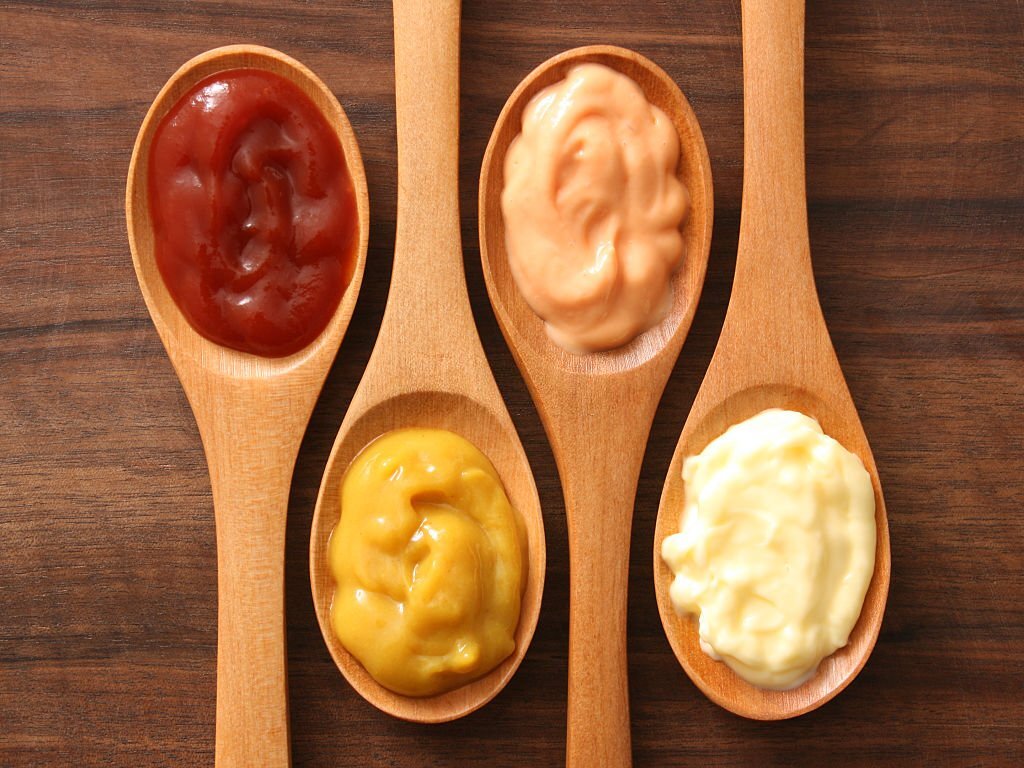
- Flavour: A good sauce should have a well-balanced and distinctive taste. The flavour should complement the dish it is being served with and not overpower or be too bland. It should enhance the overall taste of the dish.
- Consistency: The consistency of the sauce should be smooth and even, without any lumps or separation. The thickness or thinness should be appropriate for the dish and be smooth and thick enough.
- Texture: A good sauce should have a pleasant texture that adds to the overall experience of the dish. It should be smooth and silky without being too greasy or oily.
- Aroma: The aroma of the sauce should be enticing and appetizing. In the same way, It should enhance the overall sensory experience of the dish.
- Colour: The colour of the sauce should be visually appealing and complement the dish it is being served with. It should not be too dark or light and should have a natural colour.
- Ingredients: A good sauce should be made with high-quality ingredients that are fresh and flavorful. It should not contain any artificial additives or preservatives.
- Versatility: A good sauce should be versatile and be able to be used in a variety of dishes. It should complement different types of food and cuisines.
- Balance: The sauce should have a good balance of sweetness, acidity, saltiness, and bitterness. It should not be too heavy on any flavour and have a harmonious balance of all tastes.
By reading this article, you can learn about the different kinds of sauces that everyone should know, how to make the sources and the qualities of a good sauce. If you want to learn more about the facts about other different kinds of sauces or add additional points, mention them in the comment section. Learning about different types of sauces makes it more fun. Also, you can experiment with or innovate new sauces for the world while knowing the basics of the sauces. Contact us if you have any suggestions
1 comment / Add your comment below